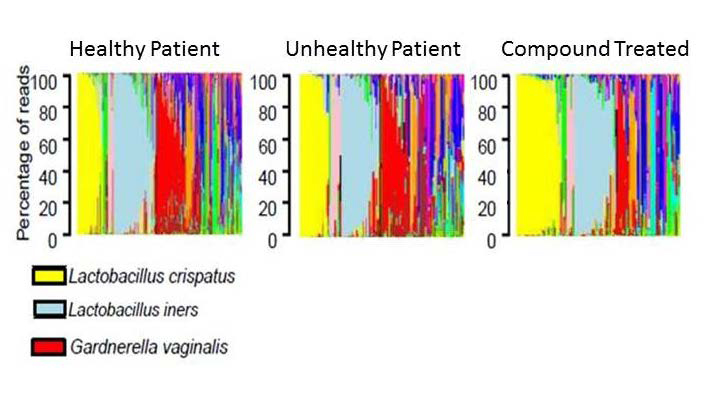Biomedical
Novel Treatment for Bacterial Vaginosis
The composition of the vaginal microbiome is essential to the health of women at all stages of life in preventing urogenital conditions such as yeast infections and sexually transmitted infections (STIs). When the vaginal microbiome is in a state of dysbiosis, i.e. the alteration of the natural abundance and diversity of bacteria, the potential for urogenital complications are high. In particular, the overabundance of Gardnerella vaginalis in the vagina is associated with increased cases of pre term birth and an increased likelihood of recurrent bacterial vaginosis (BV), which is both painful and embarrassing to female patients. No permanent care solution exists for BV. The current treatment method is administering a broad spectrum antibiotic, either metronidazole or clindamycin. However, BV recurs in these patients, and they cannot remain on antibiotics indefinitely due to the disruption of other critical commensal microbiota in the body.
The technology
Researchers at Virginia Commonwealth University have discovered a novel application of a known FDA approved drug. This technology can be used permanently to prevent the onset of BV by inhibiting an increase in abundance of G. vaginalis. In vivo data of healthy women, pregnant women, and women with STI’s on this compound, all demonstrated a decrease in the population abundance of G. vaginalis. The utilization of this compound could also be used concurrently in HIV intervention methods, where the microbicide is metabolized by G. vaginalis, thereby preventing the HIV microbicide’s function.

Figure 1. The abundance of G.vaginalis is comparable in both the healthy and unhealthy patient cohorts. In the patients treated with our compound, a decrease in the abundance of G.vaginalis is observable.
